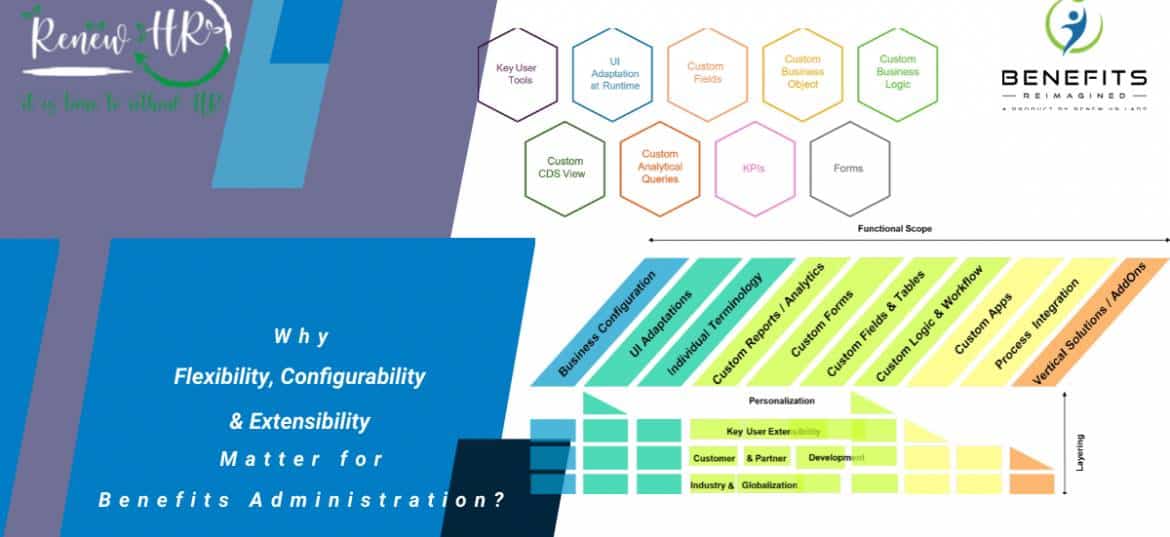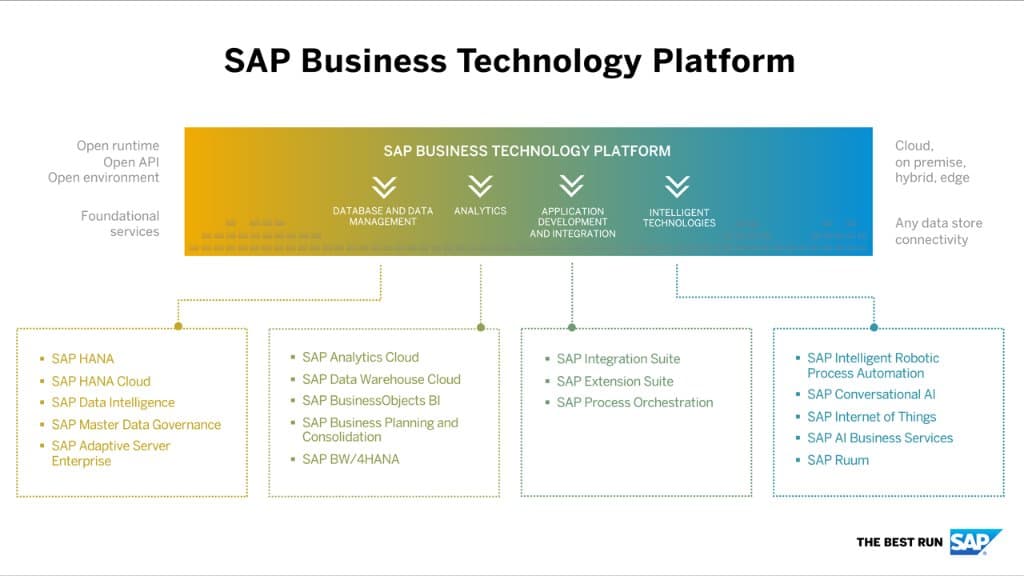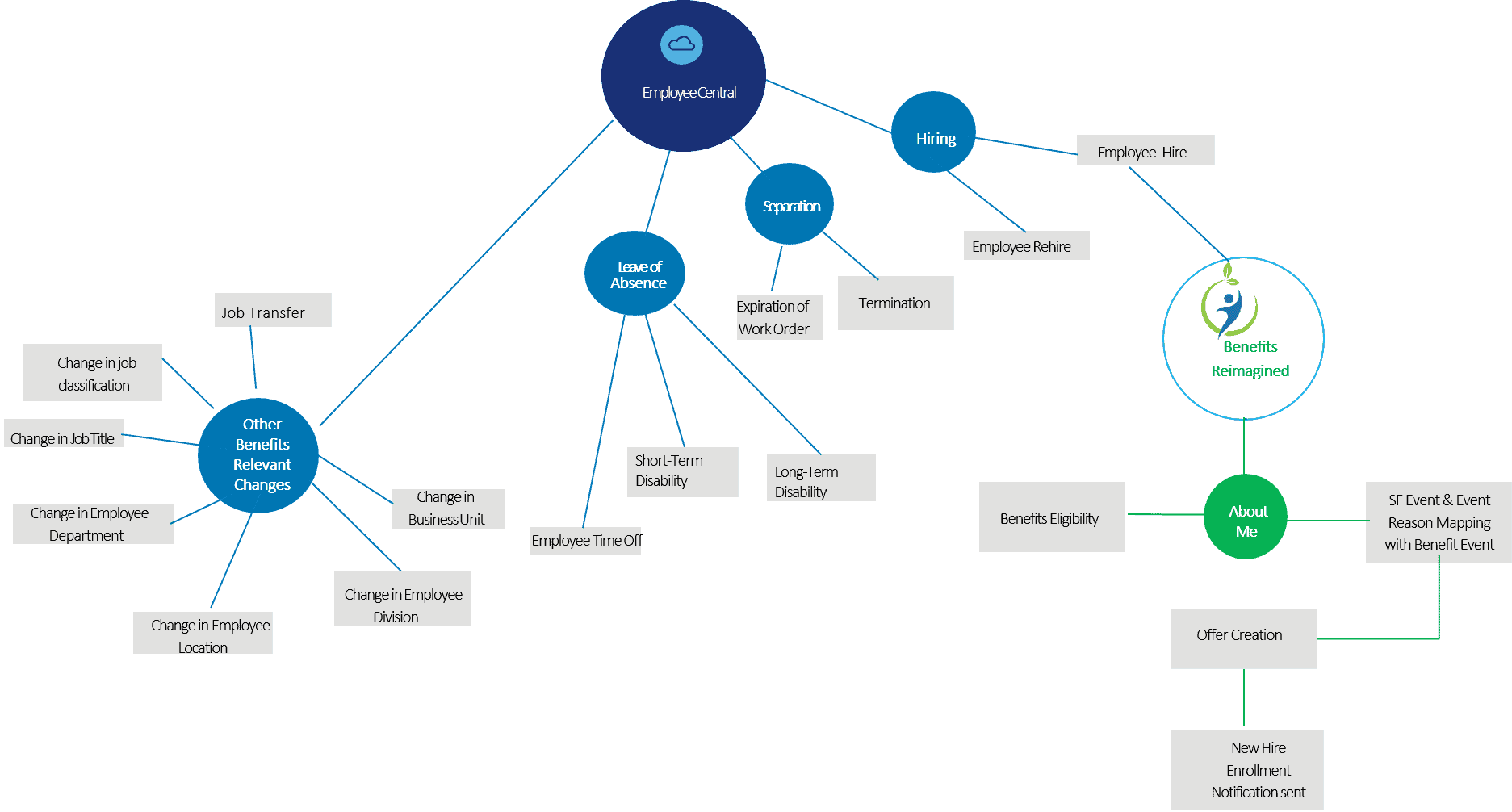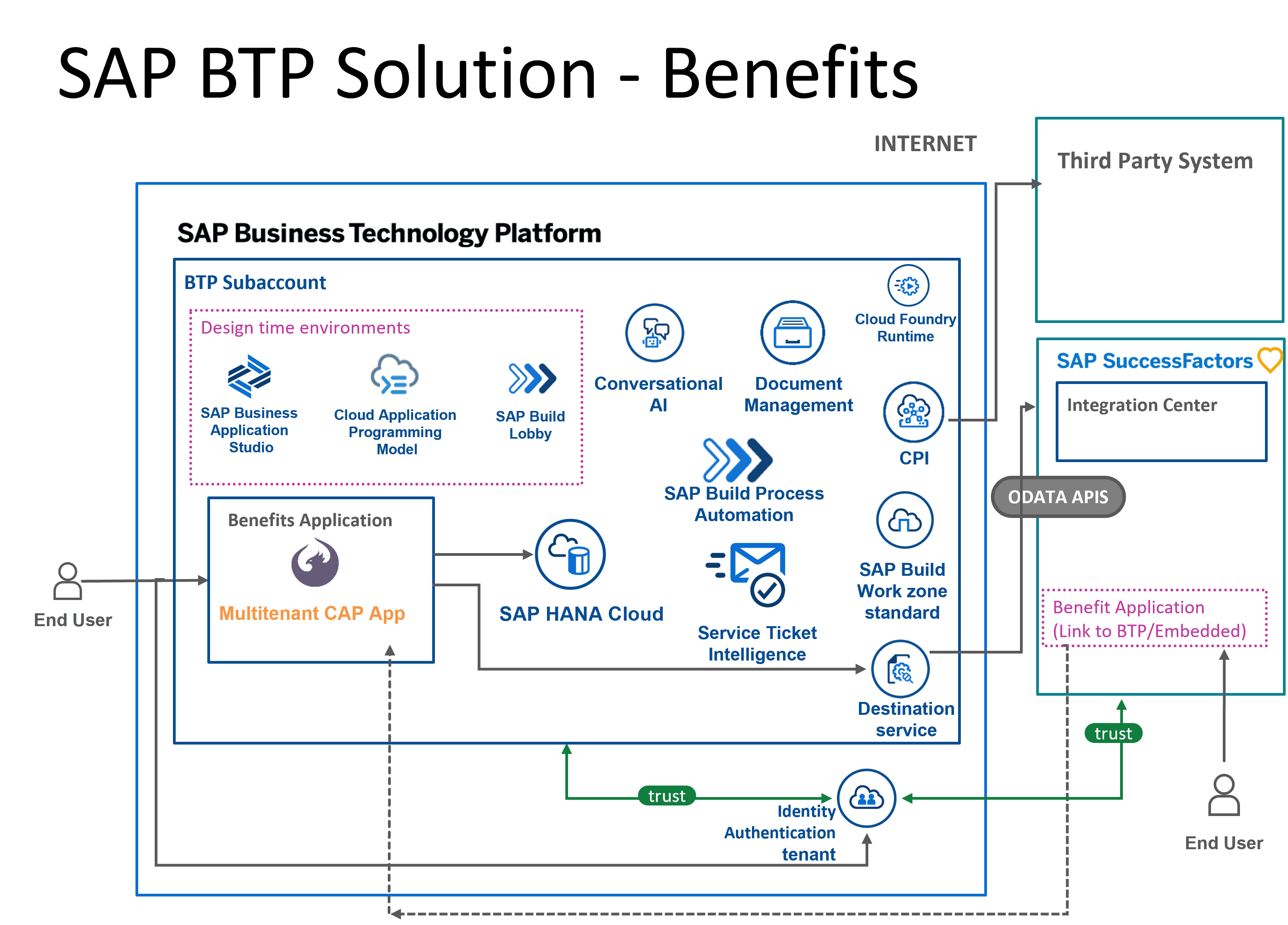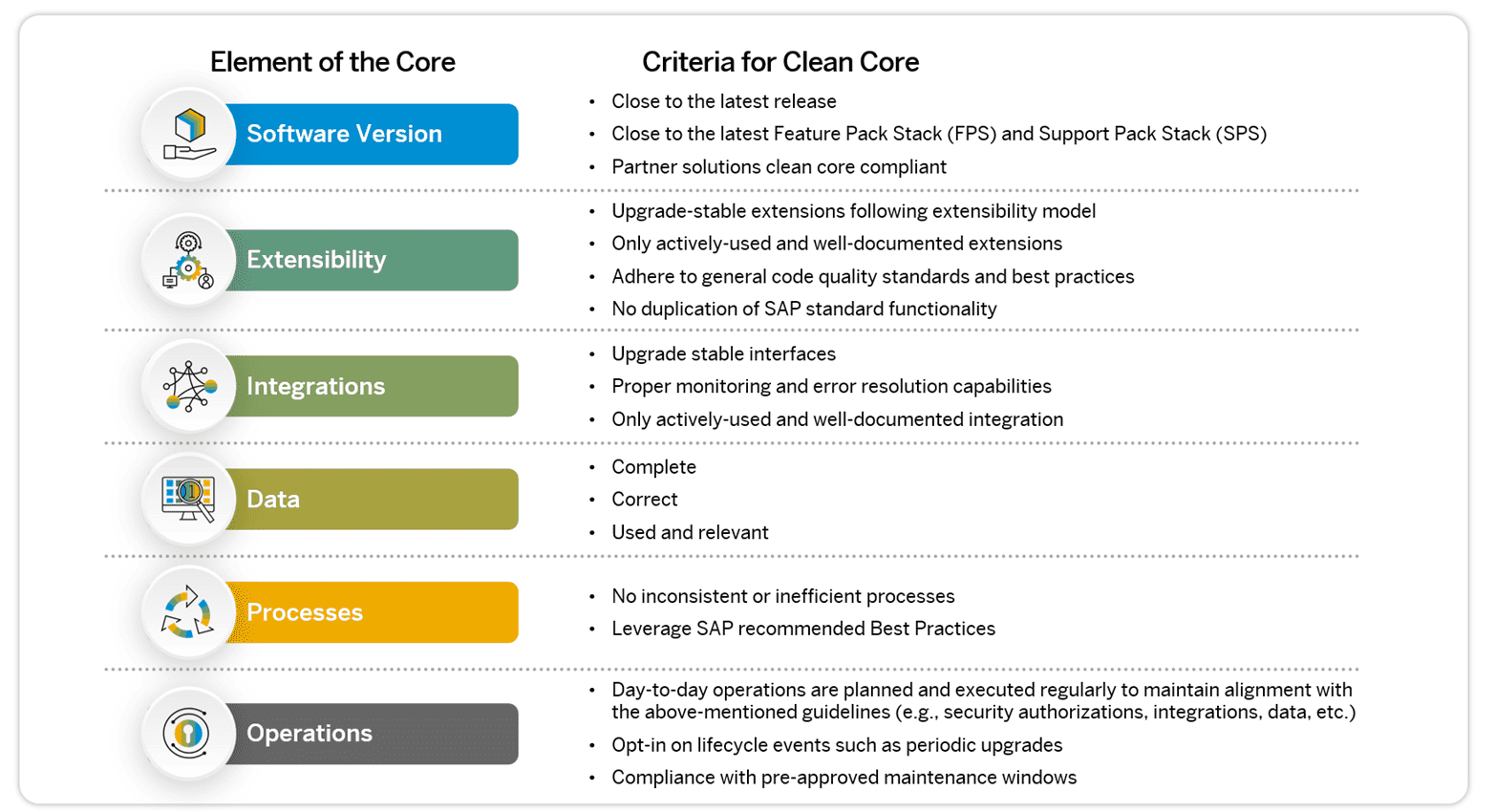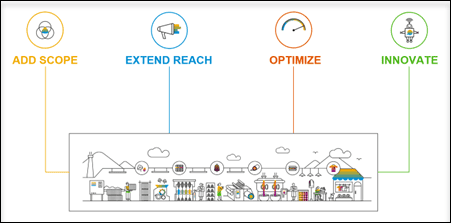Configuration vs. Customization
Software configuration involves changing a system’s settings and parameters without modifying its source code. It relies on specialized expertise to perform the necessary configurations and can be done through administrative interfaces or configuration files. Configuration allows users to tailor the software to meet specific requirements or adapt it to different environments. It doesn’t require programming skills.
On the other hand, software customization refers to modifying the source code of a software system to add or alter its functionality. Customization often requires programming expertise and involves writing code to implement desired changes. It allows for more extensive modifications and the creation of unique features not available out of the box.
Configuration leverages the software’s existing capabilities and enables easy application of upgrades and updates without conflicts or compatibility issues. It is a more straightforward and less complex approach.
Customization provides greater flexibility and the ability to create tailored solutions, but it comes with drawbacks. It involves increased complexity, higher maintenance costs, and potential compatibility issues when upgrading or integrating with other systems.
